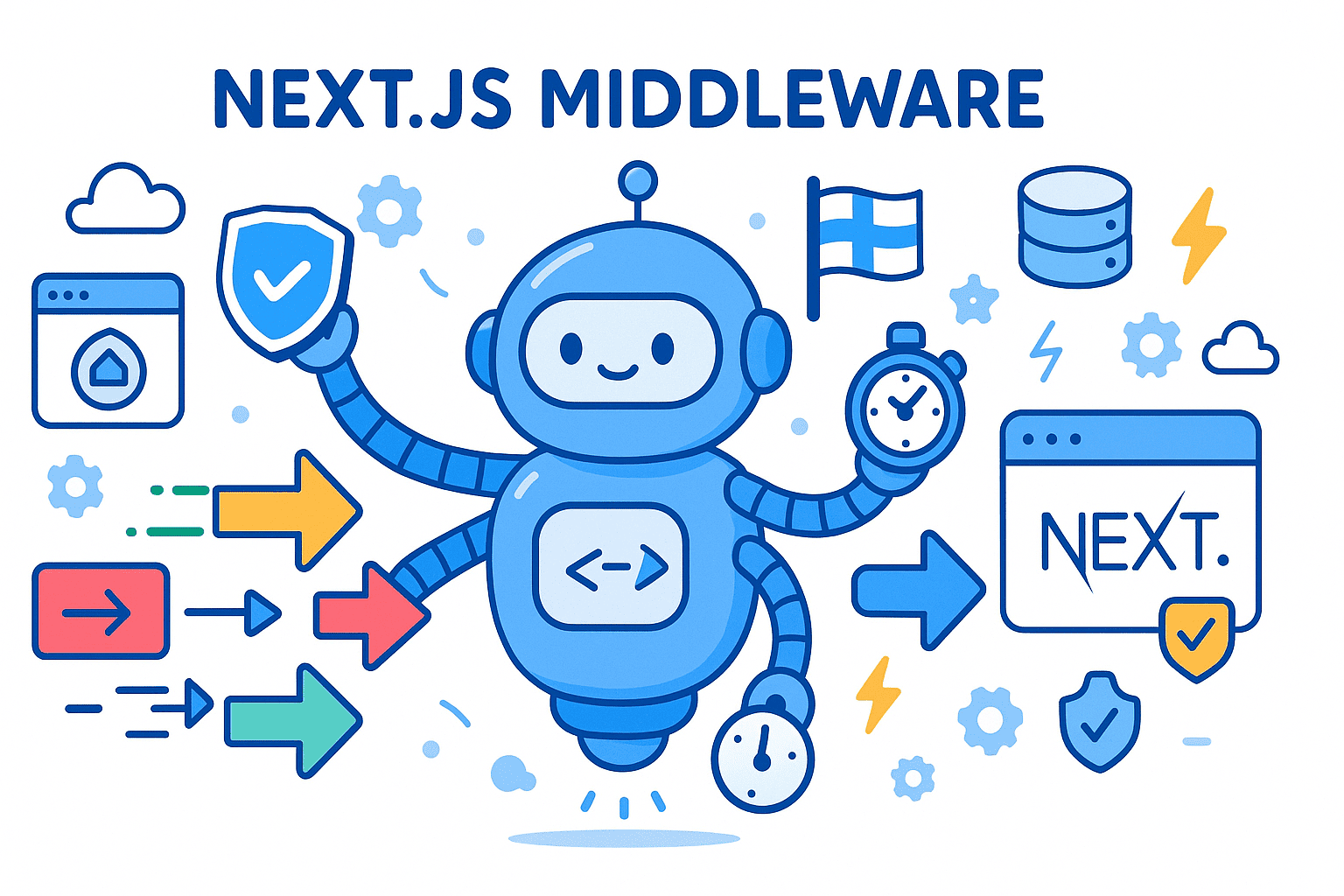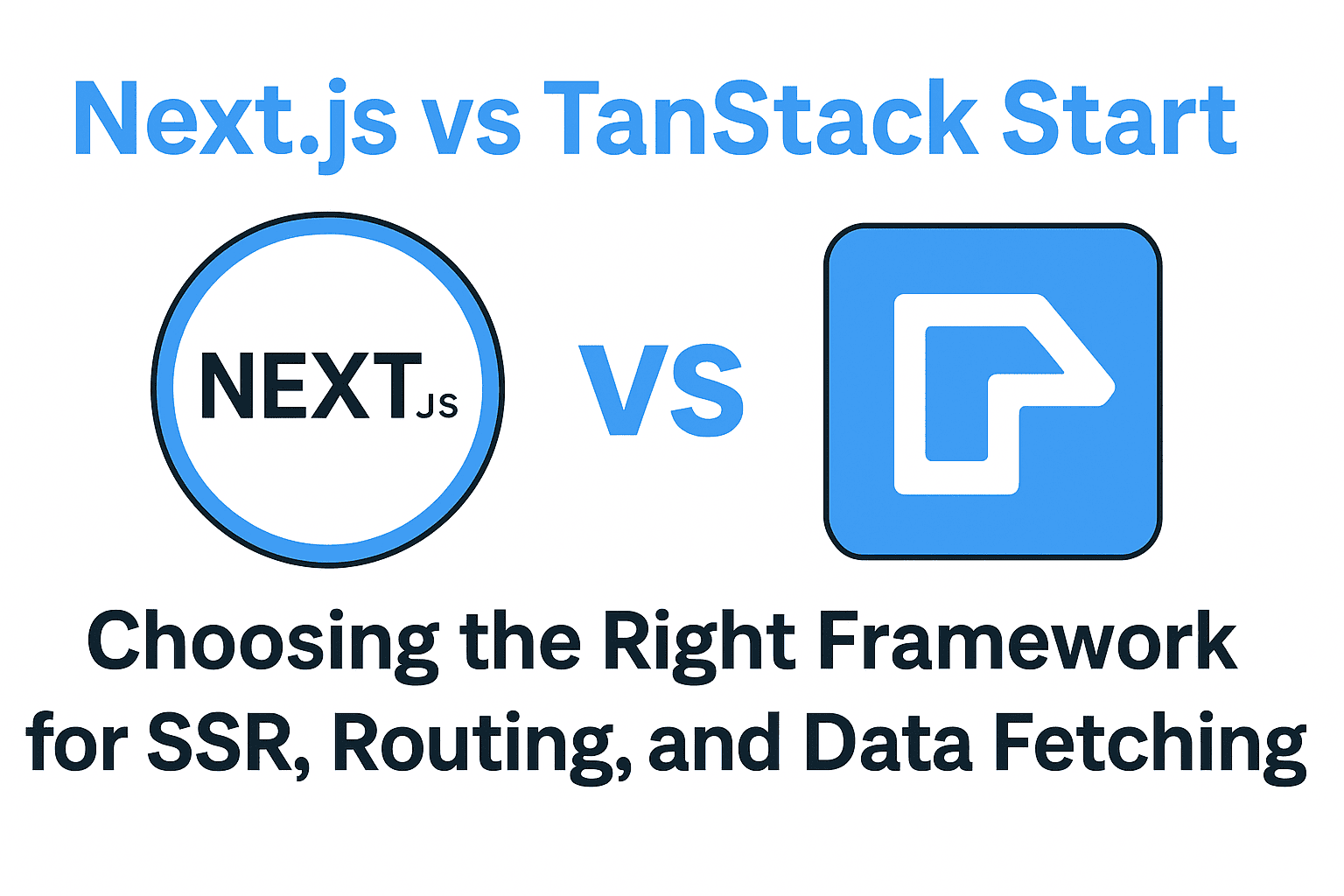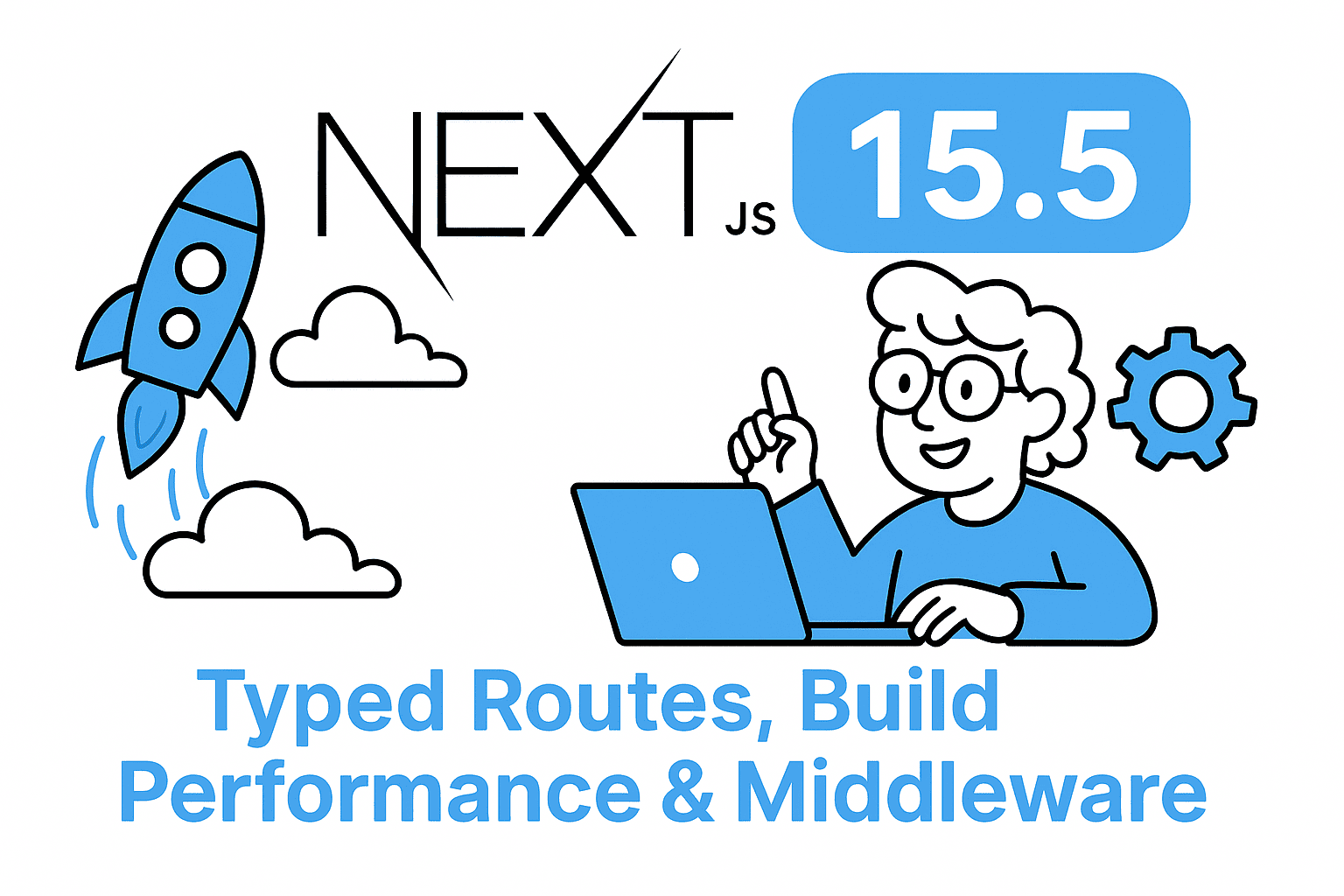Next.js has become the go-to React framework for building production-grade web applications. With features like file-based routing, API routes, and server-side rendering, it offers developers speed and flexibility. But one feature often underutilized (or misunderstood) is Next.js Middleware.
Middleware enables powerful edge logic that executes before a request is completed—allowing developers to intercept, modify, or redirect requests in near real-time. In this article, we’ll explore what Next.js Middleware is, when to use it, and walk through concrete code examples and real-world use cases.
What is Next.js Middleware?
Middleware in Next.js is a function that runs before a request is processed by your app’s routes or APIs. It lives at the edge layer, meaning closer to the user, reducing latency and allowing for smarter request handling.
Key characteristics:
- Runs on the Edge Runtime (based on V8, not Node.js).
- Executes before rendering or API logic.
- Can rewrite, redirect, modify headers, or return responses.
- Runs in a stateless, lightweight environment, making it blazing fast.
File location:
/middleware.ts # or middleware.js
Example boilerplate:
import { NextResponse } from "next/server";
import type { NextRequest } from "next/server";
export function middleware(request: NextRequest) {
// Example: Block access to /admin if not logged in
if (
!request.cookies.get("auth-token") &&
request.nextUrl.pathname.startsWith("/admin")
) {
return NextResponse.redirect(new URL("/login", request.url));
}
return NextResponse.next();
}
Why Use Middleware?
Think of Middleware as your bouncer at the door—it decides what happens before the request enters your app. Some common scenarios:
- Authentication & Authorization
- Protect private routes.
- Redirect unauthenticated users to login.
- A/B Testing & Personalization
- Show different experiences to users based on cookies, headers, or geolocation.
- Localization
- Detect user’s region or language and redirect accordingly.
- Bot Detection & Rate Limiting
- Block suspicious requests early.
- Analytics & Logging
- Capture request metadata without touching route logic.
Practical Use Cases with Code
1. Protecting Routes with Authentication
import { NextResponse } from "next/server";
import type { NextRequest } from "next/server";
export function middleware(request: NextRequest) {
const token = request.cookies.get("token");
if (!token && request.nextUrl.pathname.startsWith("/dashboard")) {
return NextResponse.redirect(new URL("/login", request.url));
}
return NextResponse.next();
}
👉 Useful for dashboards, admin panels, or member-only content.
2. Internationalization (i18n) Redirects
export function middleware(request: NextRequest) {
const { pathname } = request.nextUrl;
const locale = request.headers.get("accept-language")?.split(",")[0] || "en";
if (pathname === "/") {
return NextResponse.redirect(new URL(`/${locale}`, request.url));
}
}
👉 Detects browser language and redirects to localized content (/en, /fr, etc.).
3. A/B Testing or Feature Flags
export function middleware(request: NextRequest) {
const group = Math.random() < 0.5 ? "A" : "B";
if (group === "A") {
return NextResponse.rewrite(new URL("/experiment/a", request.url));
}
return NextResponse.rewrite(new URL("/experiment/b", request.url));
}
👉 Split traffic dynamically at the edge without complex setup.
4. Blocking Bots and Bad Actors
const blockedAgents = ["curl", "python", "scrapy"];
export function middleware(request: NextRequest) {
const ua = request.headers.get("user-agent")?.toLowerCase() || "";
if (blockedAgents.some((agent) => ua.includes(agent))) {
return new Response("Blocked", { status: 403 });
}
return NextResponse.next();
}
👉 Prevent scrapers or unwanted crawlers from hammering your app.
Performance Considerations
- Runs at the Edge: Middleware is executed globally at CDN-level, so it’s fast.
- Stateless: No fs, crypto, or Node.js APIs. Use Web APIs only.
- Bundle Size Matters: Keep middleware lightweight—avoid large dependencies.
- Chaining Middleware: You can conditionally run multiple checks, but ensure minimal overhead.
Best Practices
- Place logic only where needed—don’t run heavy computation.
- Combine middleware with cookies or headers for personalization.
- Use NextResponse.rewrite for internal rewrites and NextResponse.redirect for external navigation.
- Always have a fallback path to avoid infinite loops.
SEO Benefits of Middleware
Middleware indirectly helps SEO by:
- Improving page load speed (early redirects reduce TTFB).
- Supporting localized content (serving language-specific pages).
- Enforcing canonical routes (redirect duplicates).
- Blocking spam/bots, protecting crawl budget.
Conclusion
Next.js Middleware is more than just a request filter—it’s a powerful edge tool that lets developers build secure, performant, and personalized apps without bloating client or server logic.
Whether you’re handling authentication, localization, A/B testing, or bot protection, Middleware should be in your Next.js toolbox.
With great power comes great responsibility: keep your middleware fast, simple, and focused.
✅ Pro Tip: Combine Middleware with Edge API Routes for even more dynamic edge-driven apps.
🤝 Need a Custom RSVP System or Dashboard?
I help businesses build tools that actually work , even on tight deadlines.
Whether you're planning an event, need internal tools, or want a custom dashboard for your team , I can help.
Reach out
📧 Email: safi.abdulkader@gmail.com | 💻 LinkedIn: @abdulkader-safi | 📱 Instagram: @abdulkader.safi | 🏢 DSRPT
Drop me a line, I’m always happy to collaborate! 🚀



